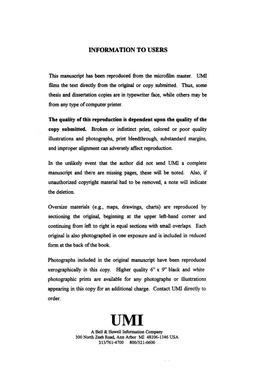| dc.contributor.author | Jiang, Renqi. | en_US |
| dc.date.accessioned | 2013-08-16T12:29:37Z | |
| dc.date.available | 2013-08-16T12:29:37Z | |
| dc.date.issued | 1997 | en_US |
| dc.identifier.uri | https://hdl.handle.net/11244/5473 | |
| dc.description.abstract | The geological framework and concept used in building the reservoir model determine the distribution of reservoir properties that control fluid flow. Reservoir simulation studies at the Gypsy outcrop site show different concepts for defining a reservoir model can result as much as a 30% difference in hydrocarbon recovery. The selection of vertical resolution is a critical parameter of the reservoir model. The concept of lithofacies modules provides a reasonable and accurate guideline for a geologically controlled method of reservoir upscaling. Simulation based on an accurate reservoir model provides an economic and quick method for evaluating various development strategies to select the scenario that provide the optimum economical return. | en_US |
| dc.description.abstract | A lithofacies module is a package of sediments restricted within a chronostratigraphic sequence and distinguished by a similar depositional environment and similar petrophysical properties that have similar effects on fluid flow within the unit. Genetically, a lithofacies module is identical with a unique position within a chronostratigraphic sequence. This makes reservoir heterogeneity predictable. Within an individual channel sequence of the Gypsy fluvial reservoir, four lithofacies modules can be systematically recognized from the bottom to the top of a channel sequence: mudclast low permeability unit, cross-bedded and plane-bedded high permeability unit, ripple low permeability unit, and overbank flow barrier unit. | en_US |
| dc.description.abstract | A lithofacies module concept and methodology for the purpose of interdisciplinary studies of reservoir characterization are proposed in this research. Accurate reservoir models derived from the application of this concept and methodology will render significant improvements of oil recovery from reservoir simulation studies. | en_US |
| dc.description.abstract | Four reservoir modeling scales are classified here: stratigraphic sequence scale, reservoir scale, lithofacies module scale, and sample scale. The lithofacies module scale is the most important for reservoir characterization applied in petroleum exploitation. At this scale, a highly heterogeneous reservoir with a wide variation of properties can be subdivided into compartments with much narrower variations of reservoir properties. Geostatistical techniques can be useful tools for the prediction of reservoir heterogeneity if they are used properly in combination with geological knowledge. The lithofacies module concept provides a detailed reservoir framework suitable for geostatistical prediction. | en_US |
| dc.format.extent | xvi, 138 leaves : | en_US |
| dc.subject | Geology. | en_US |
| dc.subject | Engineering, Petroleum. | en_US |
| dc.subject | Sedimentation and deposition. | en_US |
| dc.subject | Lithofacies. | en_US |
| dc.subject | Oil reservoir engineering. | en_US |
| dc.subject | Geotechnology. | en_US |
| dc.title | Lithofacies module methodology for characterizing and modeling clastic hydrocarbon reservoirs. | en_US |
| dc.type | Thesis | en_US |
| dc.thesis.degree | Ph.D. | en_US |
| dc.thesis.degreeDiscipline | Conoco Phillips School of Geology and Geophysics | en_US |
| dc.note | Source: Dissertation Abstracts International, Volume: 58-03, Section: B, page: 1171. | en_US |
| ou.identifier | (UMI)AAI9724429 | en_US |
| ou.group | Mewbourne College of Earth and Energy::Conoco Phillips School of Geology and Geophysics | |
